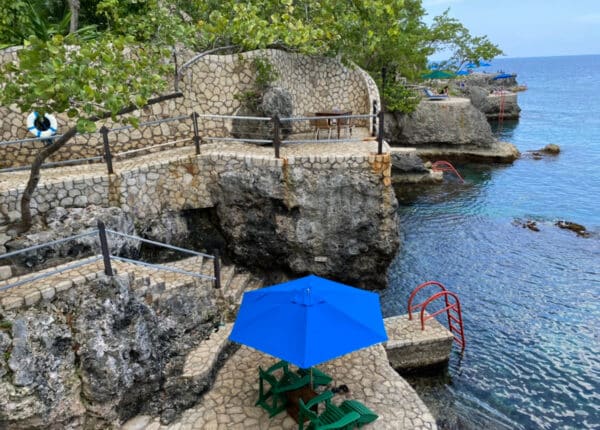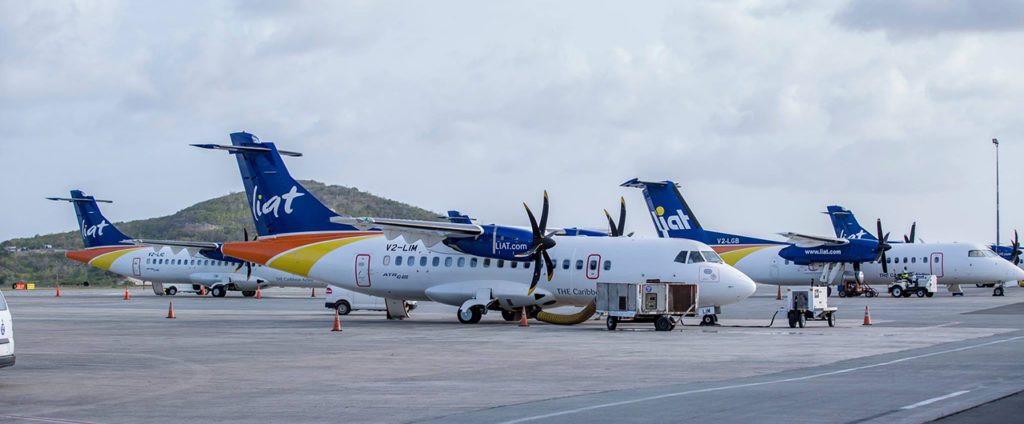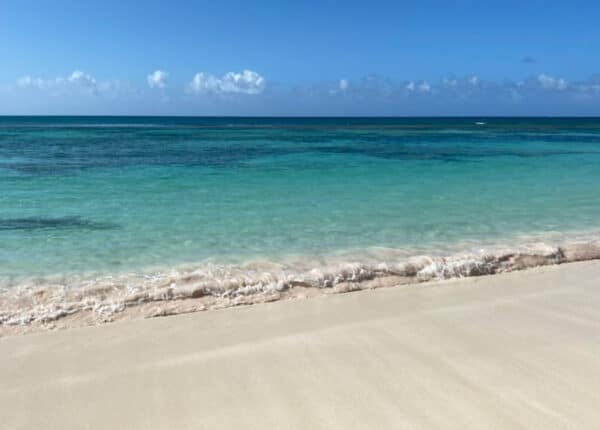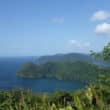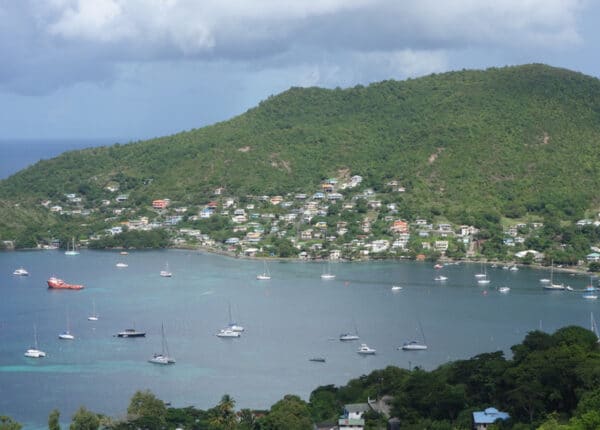It’s Time for New Thinking on Caribbean Airlift
BY KAREEM YARDE
CJ Contributor
As a relatively unexplored topic, I recently wrote a research proposal concerning airline route development in the Caribbean region.
This overarching review suggests that this is certainly a topic which the Caribbean region stands to benefit substantially from. Naturally, a multitude of questions were raised, but one of the more interesting areas for further exploration involves the real challenges associated with route development. Often times one of the most prominent critiques of route development models in the Caribbean is associated with the extent of subsidies.
As a consequence, the status quo is often justified on the basis that the subsidies being provided through Revenue Guarantees and marketing support are necessary to support the significant tourism receipts which are earned as a consequence of the subsidized airlift.
But a cursory review of this juxtaposition might actually offer favorable results. However, like most things, and to borrow a colloquial Barbadian proverb, there’s always “more in the mortar than the pestle”.
This is not to suggest that there is anything inherently wrong with subsidy schemes nor is it intended to berate or chastise any endorsement of such practices.
As with most industries, subsidies have a place, especially to play a facilitative role in development.
Furthermore, subsidy schemes can offer immediate access to inaccessible markets and therefore urgently enhance prospects for market diversification. In the case of a destination traditionally stricken by the effects of seasonal tourism products, subsidies also maintain capacity and support demand during depressed periods.
Marketing support agreements help to ensure brand awareness which can also aid in generating stable demand. In essence, subsidized route development arguably has a place.
Hence, this commentary is instead intended to fuel further discussion in the field of route development, particularly in the context of the idiosyncrasies of the Caribbean region.
It seeks to spur conversation about probable best- fit scenarios and potential avenues for policy improvements region wide in this respect.
Notwithstanding the positive aspects of subsidy-driven route development as highlighted above, I’d like to raise a couple other impacts which are often not explored. It is primarily because of these often-unexamined implications that the region must reorient itself to new and innovative approaches to route development.
For example the carrier being targeted for the airlift has a significant impact on the quality of visitor through factors such as the spending power of the visitor; their brand loyalty as a consequence of the carrier’s loyalty programs; and the source market reach (in terms of capitalising on alliances, networks, interlines, joint venture agreements etc).
The impact of the latter two are also extremely important facets to consider and their relevance should therefore not be discounted. Additionally, developing airlift is a delicate process which should be done with careful execution to avoid one of the most challenging occurrences with respect to capacity and market access being lost because of unsustainable loads.
It is also important to consider that airlift naturally has an impact on airport performance and hence the route development scheme adopted will impact airport profitability.
We traditionally view air transport policy as tourism policy and hence issues such as these are often not analyzed from an air transport perspective. As attested above, route development is a much broader question than the extent to which a destination is subsidizing a carrier. Hence, when discussing this topic, it is necessary that we consider it from a more holistic perspective to facilitate reasoned and strategic analysis. To our credit, as a region, we have been increasing our use of demand side measures in route development. For even greater benefit though, greater focus on the peculiarities in airlift development as identified above could be had.
In this light, the Caribbean Aviation Meetup to be held in St. Maarten in June of this year presents an opportunity for us as regional stakeholders to engage in this type of discussion.
The conference has been designed with a results oriented focus on air transport and tourism issues.
Its international appeal should also benefit the region through exposure to global experiences.
Further, its presence in St. Maarten and hosting by Princess Juliana International Airport should be advantageous in that it will offer opportunity for other regional stakeholders to examine the cooperation that exists among St. Maarten and its neighboring destinations and strategic partners.
Looking beyond the superficial and truly examining topics such as this in terms of our peculiarities as small island developing states helps to ensure that we can foster regional consensus regarding how we approach such programs.
We have so much more to gain if we seek to learn from each other’s experiences and through developing strategies which are rooted in our characteristics as small island states.
Kareem Yarde is the founder of Tourism Analytical Services. He can be reached at kareemyarde@gmail.com.
